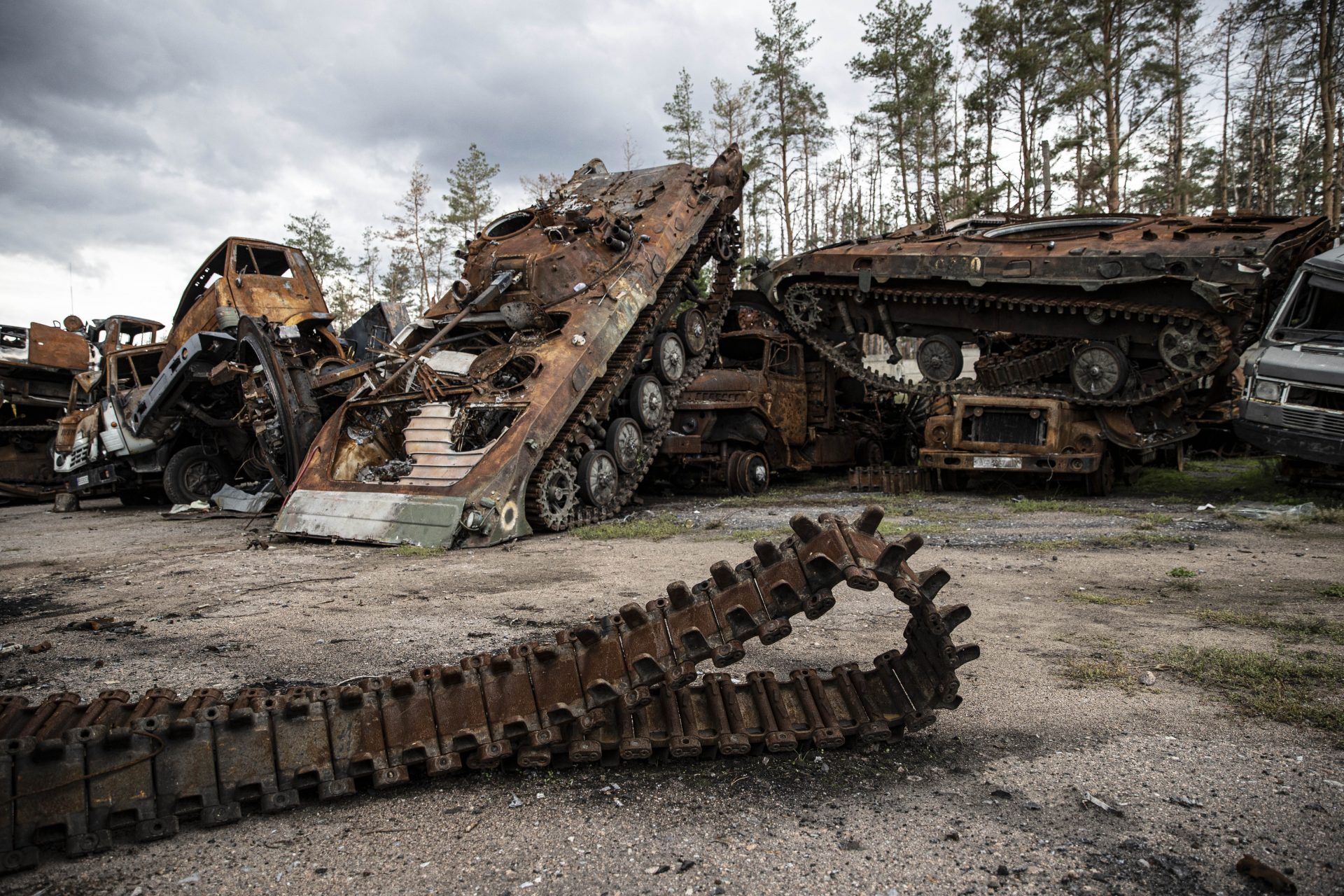Monarch butterflies in decline as they are lose their sanctuary in Mexico
Monarch butterflies in North America have lost one of their key migratory sanctuaries in Mexico to climate change according to a new study from the World Wildlife Fund.
Thousands of monarch butterflies migrate south from the United States and Canada each year to an area in Mexico’s Michoacán state where they spend the winter breeding before making the long journey back north during the summer season.
According to The Washington Post’s Naomi Schanen, we don't know why monarchs choose to return to the same Mexican forest every year, but it’s an important part of their lifecycle that is necessary for their reproduction.
However, this migratory life cycle pattern has come under increasing threat as climate change has killed large parts of the monarch’s Michoacán habitat and led to a marked decline in the number of butterflies being made to replace previous generations.
"Monarch butterflies are known as experts of climate adaptation, but it's becoming much harder for them as global warming and logging hurt habitats where they breed and spend the winter,” wrote Schanen.
In 2022, the monarch was marked as endangered on the International Union for Conservation of Nature’s Red List of Threatened Species because of how bad the situation has gotten for the butterfly in North America.
“Today’s Red List update highlights the fragility of nature’s wonders, such as the unique spectacle of monarch butterflies migrating across thousands of kilometers,” said Dr Bruno Oberle, the International Union for Conservation of Nature’s Director General.
In the report issued by Oberle, climate change was marked as the number one factor affecting the monarch. Increased temperatures and wildfires have forced early migration and droughts have limited the milkweed butterflies fed on during their journey south.
Climate-driven droughts have also played a large in the destruction of the monarch's Mexican habitat in Michoacán's Monarch Butterfly Biosphere Reserve.
“More than half the tree loss was due to sanitary logging—the removal of dead or sick trees weakened by lack of water and therefore more vulnerable to pests and diseases, fires or storms,” Naomi Schanen wrote, referencing a recent World Wildlife Fund report.
Illegal logging also played a role with Schanen noting the removal of trees from the Michoacán habitat without authorization by the Mexican government has been a major problem in the past.
“In 1998, the residents of the Crescencio Morales farming community set fire to monarch butterfly habitats to make space to log the land," Schanen wrote.
“It didn't take long for the drug cartels and illegal loggers to come in and profit off their community,” Schanen continued, adding that local residents eventually forced the drug cartels out—though illegal logging still continues in the area to this day.
Regardless of what's causing the destruction of the monarch's habitat, the situation has led to a steep downturn in the butterflies population over the last twenty-five years, but last year saw one of the worst dropoffs in recent memory.
“In just one year, the presence of monarch butterflies in their wintering grounds dropped 22%, wrote the World Wildlife Fund in a synthesis of their report on the situation.
While some might worry about such a massive loss of monarch butterflies wintering and breeding, the real concern isn’t conservation but how the loss will affect our food supply.
Monarchs play a critical role in pollination and contributing to a healthy ecosystem in North America. Their ever-decreasing number has the current General Director of the World Wildlife Fund worried, but he knows helping the butterfly will also help humans.
“With 80% of agricultural food production depending on pollinators like monarchs, when people help the species, we are also helping ourselves,” Jorge Rickards said, which is a helpful argument when trying to convince others to do their part to save the monarchs.
More for you
Top Stories































